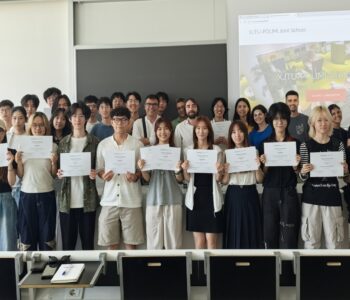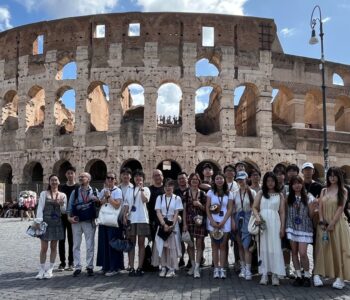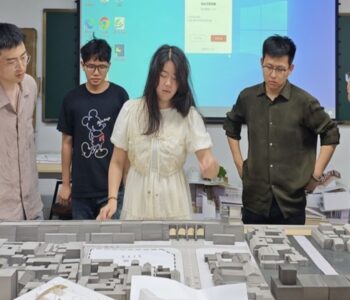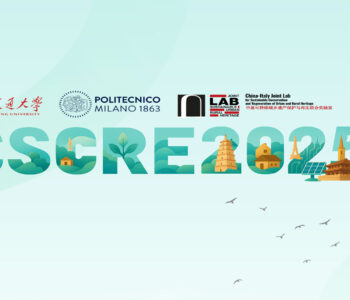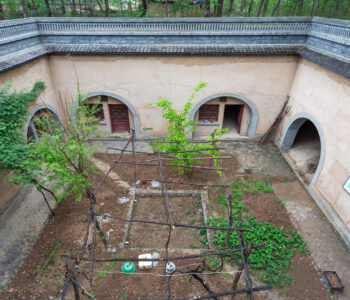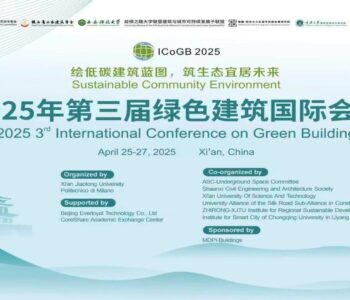Transnational urban regeneration policies in heritage-rich cities: From cultural mega-events to iconic projects
May 29th 2025 | 15:00 – 16:30 CST | Xingqing Campus XJTU, Tianjiabing Art Center
On May 29th, 2025 in Tianjiabing Art Center, Dr. Zachary Mark Jones presented some of his past and ongoing research work addressing the transnational transfer of urban regeneration policies and how these are implemented in sensitive heritage contexts. His work investigates how cultural policy as well as iconic architectural and urban projects have been used to revitalize historic cities, promoting their tangible and intangible heritage assets.
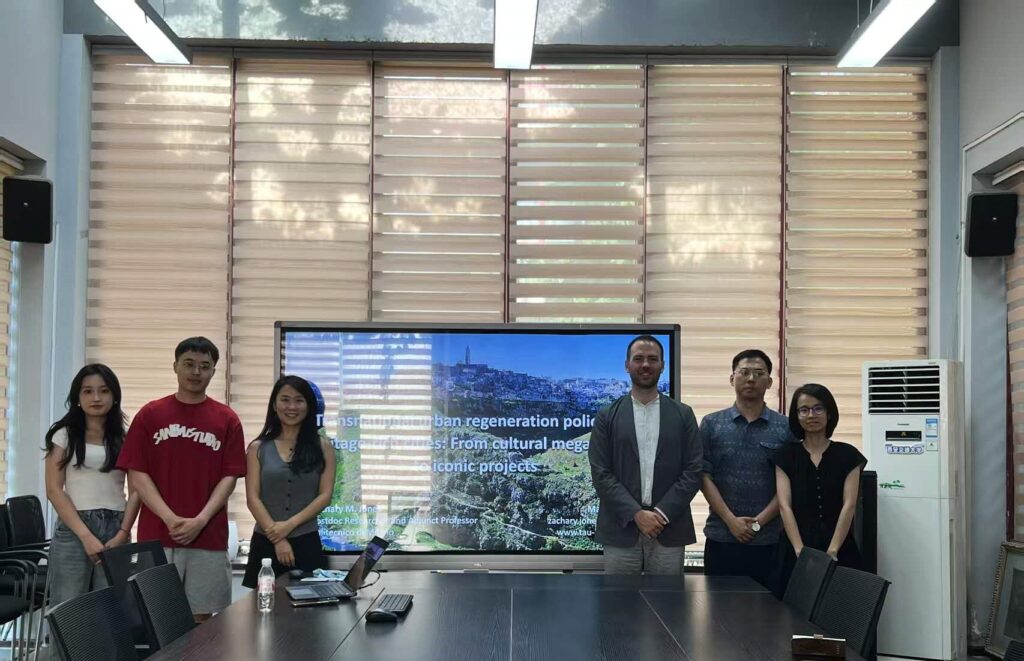
He has been involved as a member of the international HOMEE Project (Heritage Opportunities/threats within Mega-events in Europe), which brought together four research centers and sixteen associate partners. The aim of the project was to develop a set of policy guidelines and recommendations on how cities can effectively plan cultural events in connection with their cultural heritage.
The ongoing Italian PRIN-PNNR funded TUPACH Project (Transnational Urban Projects Assembled in Cultural Heritage sites) brings together three Italian universities to explore how transnational projects designed by global star architects engage with the range of heritage values present in UNESCO World Heritage Sites in the cases of Venice, Rome, and Naples.
The research is particularly relevant for Xi’an, which hosted the 2019 Culture City of East Asia event and has carried out numerous heritage-led regeneration projects throughout its urban and regional areas. The presentation generated valuable discussions about how these policies and practices spread and come to be activated by cities around the world as well as how different forms of governance and co-creation are vital to the eventual outcomes. The event also offered a meaningful opportunity to exchange knowledge and explore potential future research collaborations focused on shared challenges in cultural heritage-driven urban regeneration, both in the Chinese and European contexts.
